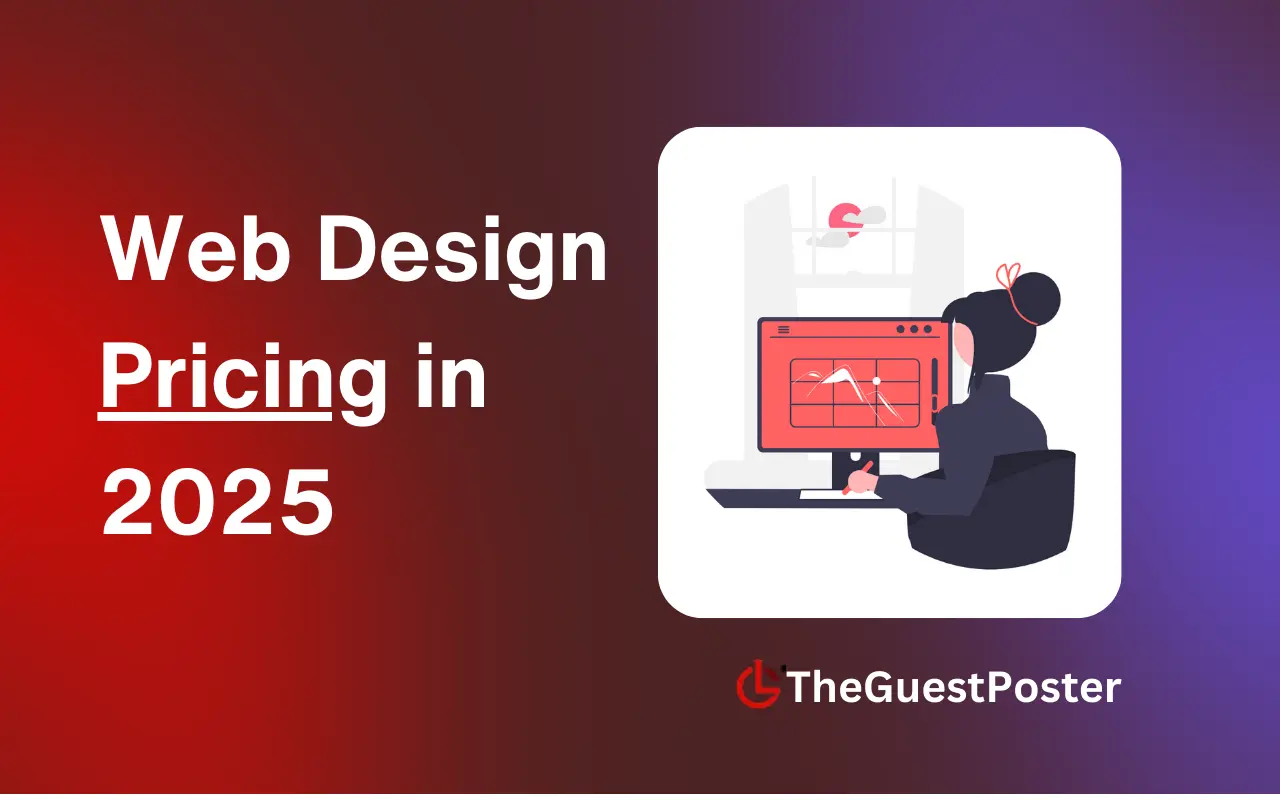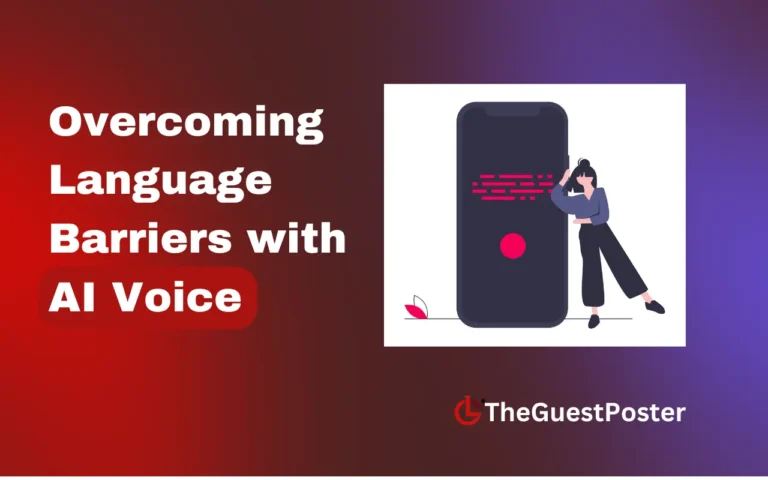Web Design Pricing in 2025: A Comprehensive Guide
In today’s digital world, a website is not just a luxury; it’s a necessity for businesses of all sizes. Whether you’re a startup, an established enterprise, or an individual looking to create an online presence, web design plays a pivotal role in achieving success. With advancements in technology, the landscape of web design continues to evolve.
As we step into 2025, understanding web design pricing is crucial for making informed decisions and budgeting appropriately for your online project. This comprehensive guide will take you through the factors that affect web design pricing and give you insights into what to expect when you hire a web design company or freelancer.
1. What Determines Web Design Pricing?
Web design pricing is not one-size-fits-all. It can vary widely depending on several factors, including:
- Complexity of the Website: A simple, informational website with a few pages will cost significantly less than an e-commerce website with complex features like payment gateways, product catalogs, and custom functionalities.
- Experience of the Web Designer/Agency: Established agencies or highly experienced freelancers typically charge more for their expertise. However, their experience often ensures a higher quality of work and smoother project execution.
- Custom Design vs. Templates: Custom designs, where the website is tailored specifically to your brand’s needs and requirements, are more expensive than template-based designs, which offer pre-made layouts that can be modified to suit your needs.
- Design Features and Functionalities: Additional features like advanced animations, integrations with third-party services, responsive design, accessibility features, and interactive elements can significantly increase the price.
- Content Management System (CMS): The choice of CMS can also influence the cost. WordPress, for instance, might be more affordable compared to building a custom CMS from scratch or using more complex systems like Drupal.
- Ongoing Maintenance and Support: Some web designers offer packages that include ongoing maintenance, security updates, and troubleshooting, which can affect the overall cost.
- Geographic Location: Where the web designer or agency is located can play a role in pricing. Designers in high-cost-of-living areas tend to charge more than those in regions with lower costs of living.
2. Web Design Pricing Models
Web designers and agencies typically use one of the following pricing models:
2.1 Hourly Rate
For smaller projects or tasks with unclear specifications, many web designers charge an hourly rate. This model is often used when the project scope is flexible, and the timeline can be adjusted.
- Average Hourly Rate: $50 – $200 per hour, depending on the experience level of the designer.
Hourly rates can vary widely based on the designer’s expertise and geographic location. Freelancers in regions with a lower cost of living may charge as low as $30 per hour, while those in major cities could charge up to $250 per hour.
2.2 Fixed Pricing
For larger projects with a clear scope and defined deliverables, web designers often offer a fixed price for the entire project. Fixed pricing is advantageous because it provides a clear cost estimate upfront, helping businesses plan their budget accordingly.
- Average Fixed Price: $1,000 – $100,000 or more, depending on the complexity of the website.
Smaller websites with a few pages can cost between $1,000 and $5,000, while more complex e-commerce sites or custom web applications may range from $10,000 to $50,000 or more.
2.3 Package Pricing
Some web design agencies offer pre-built packages that bundle a range of services for a fixed price. These packages often come with a set number of pages, basic SEO services, and standard features like contact forms and image galleries.
- Average Package Price: $1,500 – $10,000
These packages are typically best for small to medium-sized businesses or individuals who want an affordable, no-frills website without the need for complex customizations.
2.4 Retainer or Subscription Models
For businesses that require ongoing design, updates, or website maintenance, many web designers offer retainer or subscription-based pricing. Under this model, businesses pay a monthly fee for continuous access to web design services.
- Average Retainer Fee: $500 – $3,000 per month
Retainer models are particularly useful for companies that need regular updates, new pages, or design tweaks to keep their website fresh and functional.
3. What’s Included in Web Design Pricing?
The scope of work included in a web design project can vary, but common services bundled into the pricing are:
- Initial Consultation and Planning: Before starting the design, web designers usually hold a meeting to understand your business needs, brand identity, and goals. This is crucial for ensuring the design aligns with your vision.
- Wireframing and Prototyping: Web designers often create wireframes or prototypes to demonstrate the website’s layout before moving to full design and development.
- Design and Development: The core of the project, where the design is built and integrated with front-end (visual) and back-end (functional) development.
- Responsive Design: Ensuring the website is mobile-friendly and works well across different devices and screen sizes.
- SEO Optimization: Many designers include basic SEO optimization in their pricing to help ensure the site is discoverable on search engines.
- Content Integration: Designers will integrate the content you provide (text, images, videos, etc.) into the site’s structure.
- Testing and Launch: Web designers perform rigorous testing across different browsers and devices to ensure everything functions properly before launching.
- Post-Launch Support and Maintenance: Some designers offer ongoing support after the site goes live to fix bugs or make minor updates.
4. Average Web Design Costs by Type of Website
To give you a clearer idea of what to expect, here are some average web design costs based on different types of websites:
- Basic Informational Website: $1,000 – $5,000
- For small businesses or personal websites with a few pages and basic design.
- E-commerce Website: $5,000 – $50,000
- E-commerce sites with payment gateways, product catalogs, and inventory management systems.
- Custom Web Applications: $10,000 – $100,000+
- Highly specialized websites that offer unique functionalities, such as custom-built applications, portals, or membership sites.
- Landing Pages: $500 – $2,500
- Simple, single-page websites for specific campaigns or product launches.
5. How to Save on Web Design Without Compromising Quality?
While web design can be an investment, there are ways to keep costs under control:
- Opt for a Template-Based Design: If your budget is tight, consider using pre-built templates and customizing them to fit your needs. This approach is one of the best ways to achieve fast affordable web design while maintaining a professional look.
- Clear Project Scope: Clearly define your website’s requirements from the start to avoid unnecessary changes or scope creep.
- Choose the Right Designer: A freelancer may be more affordable for simpler projects, while an agency may be necessary for more complex tasks.
- Limit Features: Focus on the essential features you need. Additional functionalities will increase the cost.
- Ongoing Maintenance: Consider whether you need ongoing support. If not, handle maintenance in-house to save money.
6. Final Thoughts
In 2025, web design is more important than ever as businesses continue to prioritize their online presence. Whether you’re looking for a simple informational website or a complex e-commerce platform, understanding web design pricing can help you make the right choices for your project.
By considering factors like the complexity of the site, your budget, and the expertise of the designer, you can ensure that you’re getting the best value for your investment. Web design is an evolving field, and with the right planning, you can create a website that not only looks great but also delivers results for your business.






